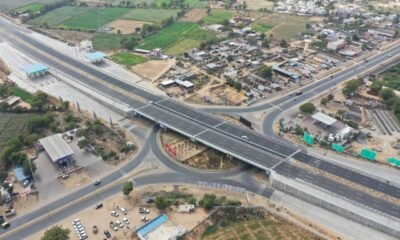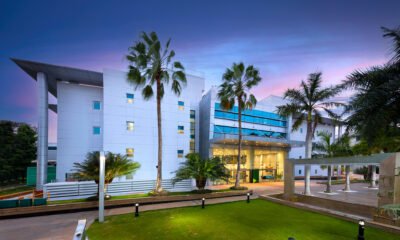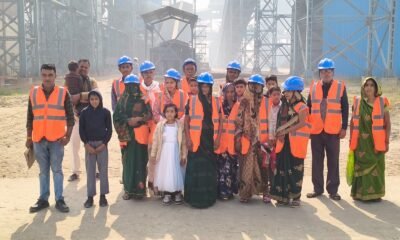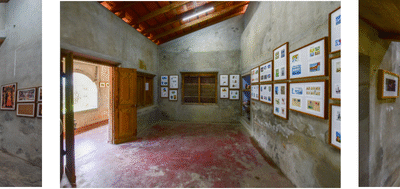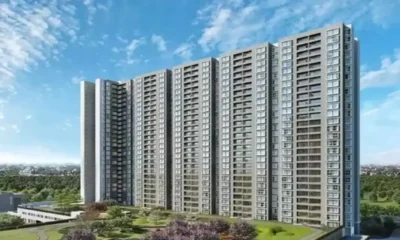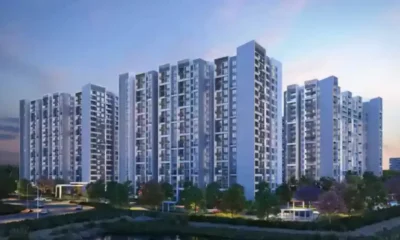News
Delhi CM Calls For PPP Model to Revamp Delhi in 2 Years
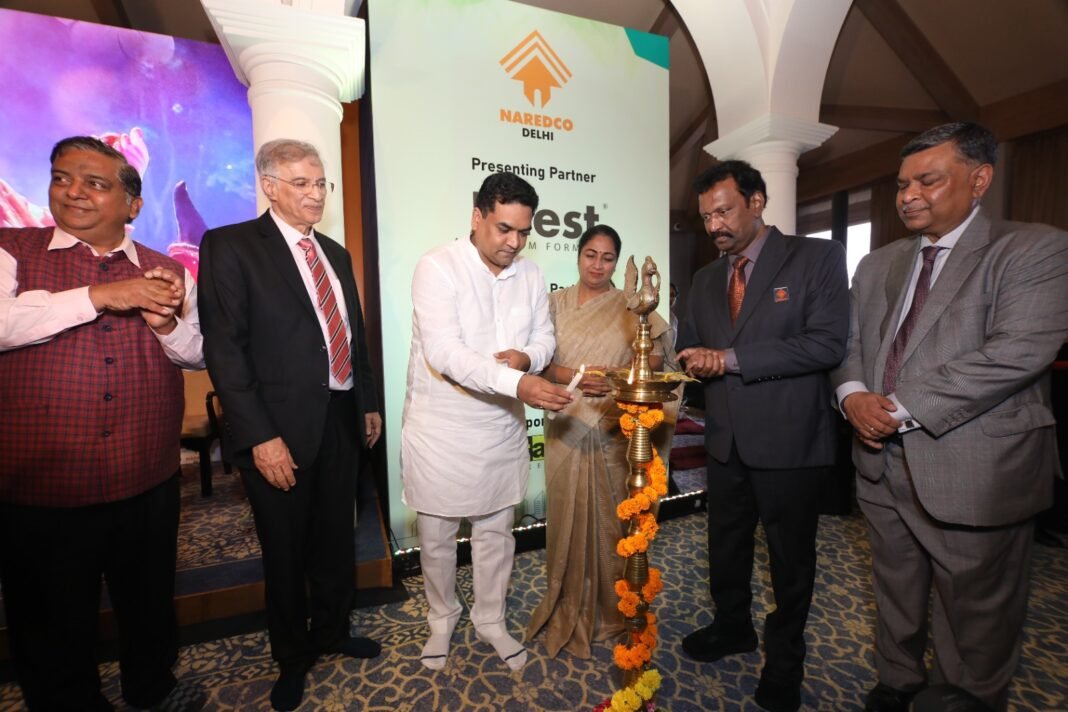
New Delhi, August 1, 2025: As India pushes forward its urbanisation and housing ambitions amid rapid demographic and economic shifts, the National Real Estate Development Council (NAREDCO) announced the 17th edition of its flagship National Convention, scheduled to be held in New Delhi from August 29–30. With the theme ‘Resilient India: Inclusive, Sustainable, and Future-Ready’, the convention aims to foster serious dialogue between the real estate industry, policymakers, investors and technology leaders.
During the curtain-raiser, Delhi CM Rekha Gupta assured the industry members that the “government just needs two years to revamp Delhi and fill the bottleneck of the past 10 years of developmental backlog”.
“We urge the industry members and developers to come up with the PPP models for developing state-of-the-art hospitals, schools, shopping malls, accommodation and infrastructure and the government will give the full policy and funding support. Our vision is to convert all the slums in Delhi into permanent homes.”
She added, “In addition, we urged the industry to come up with a road map on parali-processing units to manage and reduce the AQI level in Delhi. We are in the process of simplifying the licensing system so that with strong state and industry coordination, we can make Delhi a high-tech capital city.”
She said that with “a double-engine government, we will propel Delhi towards double-digit growth, ensuring a prosperous future for its citizens.”

Niranjan Hiranandani, Chairman, NAREDCO, remarked, “Urban planning is now central to India’s economic strategy. With construction accounting for a large portion of carbon emissions, the real estate sector must move from conventional approaches to smart, sustainable models.”
This means, he said, “adopting green materials, planning for energy efficiency and integrating smart infrastructure. India’s urban centres have the potential to lead this transition, and Delhi, with its strategic significance, must lead by example. We need public-private cooperation, but more importantly, a shift in mindset where ‘green’ becomes the default and not the exception”.

G Hari Babu, President, NAREDCO, highlighted that the convention would function as a policy accelerator. “We’re at a tipping point where growth, regulation and innovation must align. This convention is not just a gathering—it’s where ideas are converted into action.”
The sector’s ability to attract global capital, improve last-mile project delivery and serve end-users, he added, “depends on how quickly we resolve policy friction points like delay in approvals, inadequate rental frameworks and high construction input costs”.

Rajan N Bandelkar, Vice-Chairman, NAREDCO, said, “India’s cities need a bold reimagination—from finance to floor space and from carbon to connectivity. With policymakers and private players in one room, this convention will build the road map for a liveable, investible and digitally enabled India.”

Praveen Jain, Chairman Emeritus, NAREDCO, added, “The 17th National Convention is a defining moment for India’s real estate sector. It is where experience meets innovation, and where industry and government come together to script the next chapter of urban transformation. By focusing on sustainability, technology and investor confidence, we are setting the foundation for cities that are not only liveable but also globally competitive.”
Union minister of housing and urban affairs, Manohar Lal, would be the chief guest, signalling strong Central government participation in what is widely seen as the sector’s most influential public-private policy forum. The convention’s official logo was unveiled by Gupta.
At the core of the two-day event are some of the most pressing issues shaping the real estate and infrastructure sectors. These include the evolution of RERA and associated policy reforms to improve compliance transparency, grievance redressal and developer credibility.
Affordable housing and urban development—especially rental housing models, credit-linked subsidies and PPP frameworks—will receive focused attention, aligning with India’s long-standing housing-for-all mandate.
Capital formation and finance are also expected to dominate the discourse. As interest in Indian REITs grows and foreign investors eye residential and infrastructure assets in Tier 2 and 3 cities, the convention will delve into investment instruments, credit enhancement mechanisms and sovereign support models that can derisk private capital in long-gestation projects.
In a nod to sustainability, technology, and future-readiness, the event will feature discussions on new-age construction technologies, such as prefabrication, BIM and green materials. It will also explore redevelopment models for central business districts in ageing city cores—integrating heritage, density and functionality.
Mobility and quality of life-key metrics in global urban indices—will also be addressed through sessions on transit-oriented development, multimodal transport and urban liveability benchmarks.
Rounding off the agenda, the topic of ease of doing business will be approached through tangible reform discussions on single-window clearances, digitisation of land records and reducing the regulatory load on real estate developers and investors.
With over 800 delegates expected, the convention is poised to serve as a springboard for consensus-building, solution design and forward policy momentum in India’s real estate and urban planning narrative.

 News2 weeks ago
News2 weeks agoInfrastructure Automation Company Enlite Launches World’s First Patented Edge Controller for Intelligent Infrastructure

 News2 weeks ago
News2 weeks agoIshara Art Foundation to Present Group Exhibition ‘Amphibian Aesthetics’ at Ishara House in Kochi

 News2 weeks ago
News2 weeks agoGodrej Properties Crosses FY26 Annual Business Development Guidance with Acquisition of 75-acre land parcel in Nagpur

 News3 weeks ago
News3 weeks agoMumbai Returns to Pre-Pandemic Investment Levels, Surpasses $1 Billion 4th Consecutive Year: Cushman & Wakefield

 News3 weeks ago
News3 weeks agoGurugram Premium Segment Drives Projected Rs 6.65 Lakh Crore Market: ANAROCK

 News2 weeks ago
News2 weeks agoReal Estate Investment Momentum in APAC, India to Hold Steady Through 2026: Colliers’ Survey Insights

 News2 weeks ago
News2 weeks agoK2 Infragen Delivers Robust H1 with 76.5% Revenue Growth, 70% Profit Jump

 News2 weeks ago
News2 weeks agoSumadhura Group Unveils Sustainable Urban Roadway in East Bengaluru Designed to Serve over 5,000 Families


